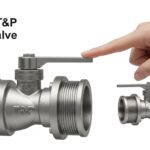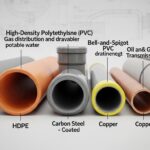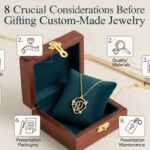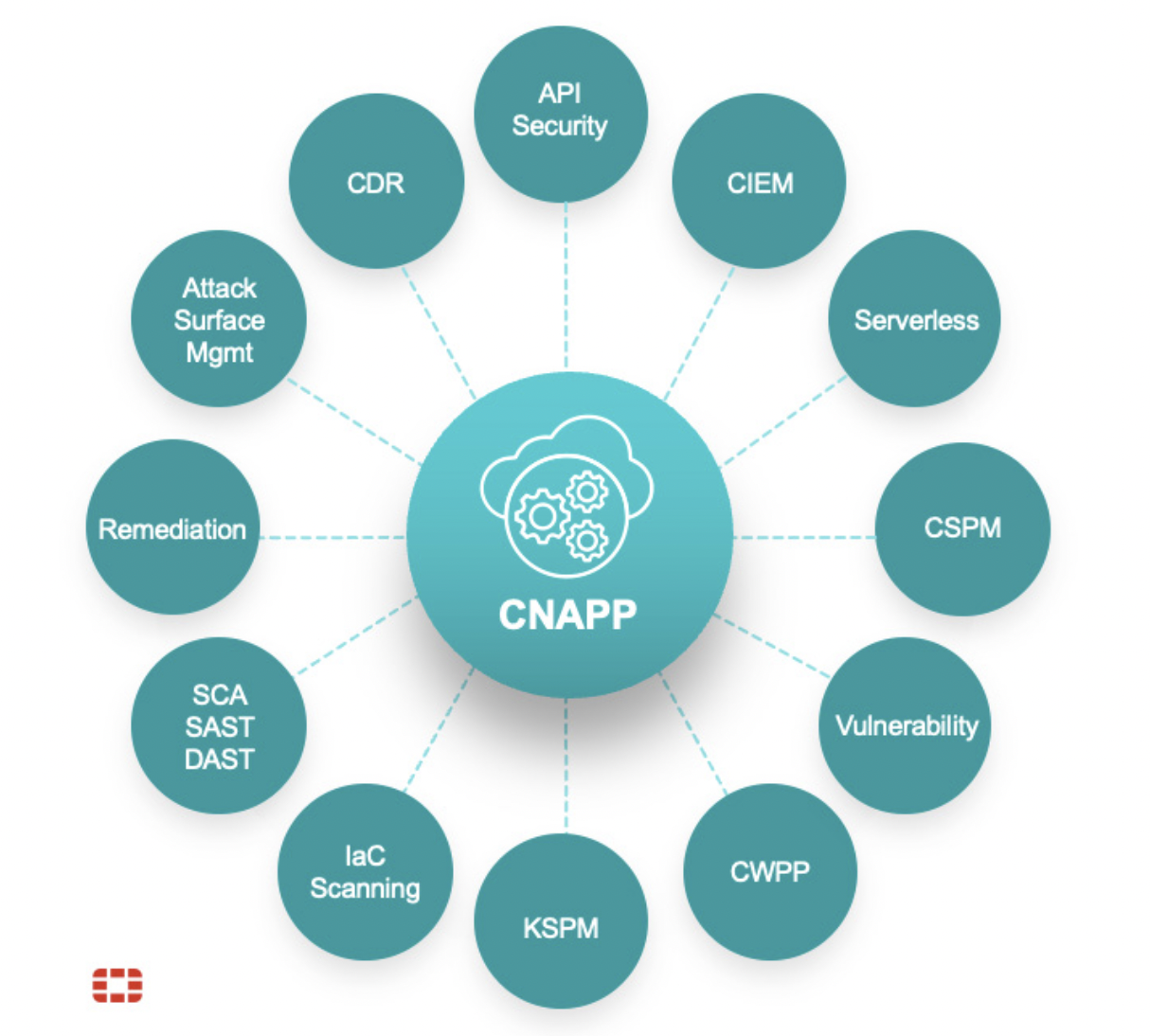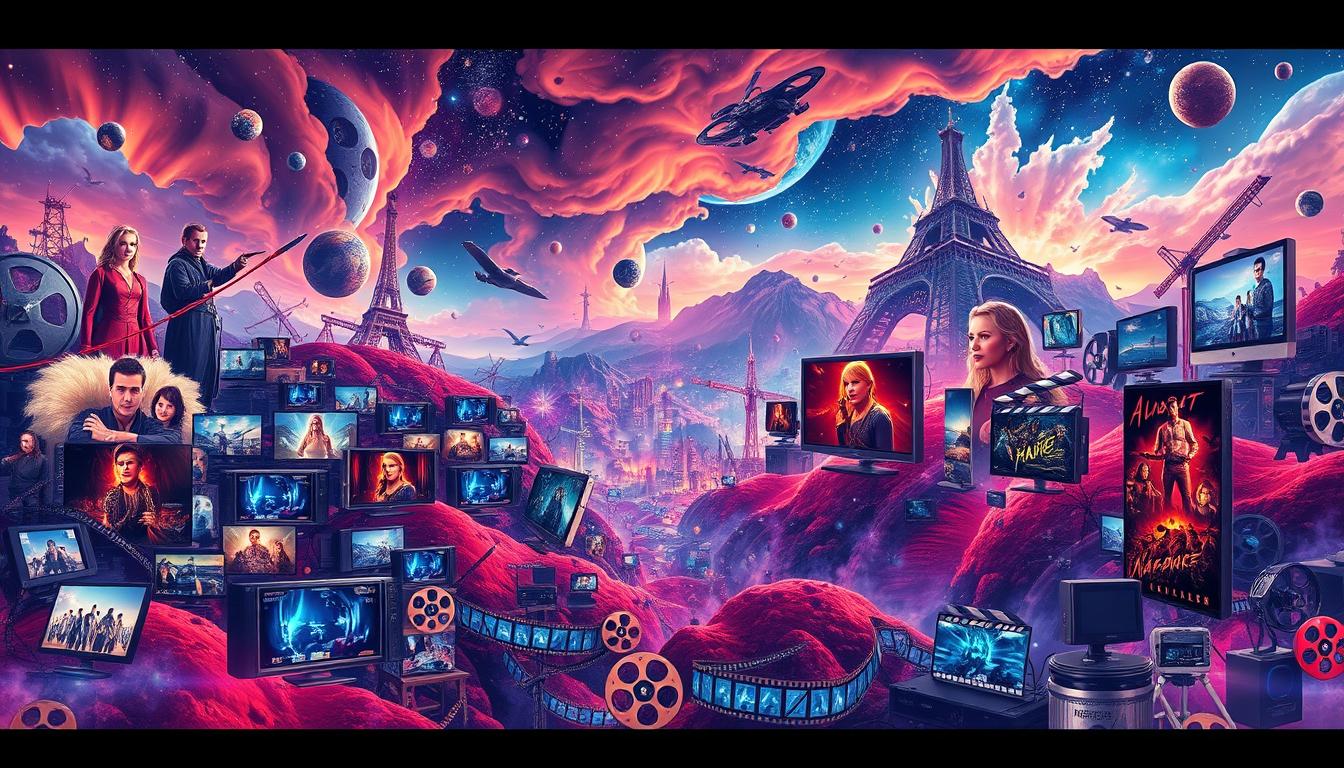I stumbled upon Brian’s work while mining through buckets of Instagram images stamped with #wip, the Insta-artist’s denotation for a work in progress. I was immediately struck by his satisfying brand of visceral yet minimalistic portraiture and decided to reach out to him about his work. Thanks to the instant connectivity of the social media sphere, Brian kindly agreed to give Venison a closer look at his work and shared his thoughts about the growing pull of social media as a marketing tool and interactive forum for emerging artists.
Adriana Villagran: We’ll start off with the more generic questions to get the juices flowing. So what are you working on right now?
Brian Donnelly: A turpentine portrait for a group show at Modern Eden in January.
What is a “turpentine” portrait?
It’s actually more of a cocktail of turpentine and hand sanitizer that is sprayed into the wet paint, forcing it to run off the canvas. It distorts the image, and kind of negates all of the detail work with chaotic striation.
What is your work primarily about?
My work is about limitations and how we perceive them. I ask a lot of questions about art and how we define it, for example if an artwork burns to ash, is it still an artwork? How far away from the original state can we go before we stop calling something art? In the process I end up drawing a parallel between the fragile nature of artwork and the human condition.
Can you elaborate on an example from your own portfolio of a piece that questions these boundaries?
“Reliquaries” (below) is a good example of the limitation. I’ve cut up an oil on paper portrait and then made it into 1 ¼ inch pins, so now it is 58 small pieces and a lot of lost information, what’s more is that if they aren’t arranged correctly the whole image comes apart. So it’s a question of whether or not you believe it as art? And then is it still art if you only have one pin? I was thinking about the idea of religious reliquaries when I made it, with a preserved finger in a gold mount in one church basement and an ear in another, as pieces they have a completely different meaning than they did as a whole.
What do your animal transformations represent?
The animal works were kind of the beginning point for the work I’m doing now. The merger of human and animal was made to look forced together, like a collage, which ultimately changed the meaning of the figurative work. Ultimately I wanted the work to reflect back on me, as the antagonist, fiercely editing and perverting good paintings recklessly. I was playing with the rigidity I find inherent with figure work.
How do you choose which animal to attach to each subject? Do they relate to personality?
I was mostly working with North American animals and domestic pets in that work, it was a conscious choice to eliminate the tie to the Egyptians and images that already have an associated myth or fairytale. I was a Google image miner at that point in my career, I had a digital library of thousands of animal references, so it often boiled down to which animal head looked most interesting/fun to paint and then pairing it up with a model who could make the combination work.
A lot of your figural work is very tight: lots of detailed rendering. How does it feel when you let the turpentine take over and things get drippy?Somedays cathartic, other days deep regret. It’s a range of emotion, but that is part of the whole thing; my ability to let go allows the work to speak to its limitations.
How do you experiment? What experimentations have “failed” and which have been successful? I quote “failed” because ultimately failures lead to knowledge, so I guess what I mean to say is: which experimentations have had less than savory results?
Experimentation is a big part of what I do, most of my work has a huge variable when it comes to outcome, so getting things right is key. I spent a few months working out the correct recipe for solvents to get paint to do what I wanted it to, and I’m still only in control of about a quarter of what happens. I actually try to save my failures for a while so that I can refer to them and see where I went wrong and how to avoid it. I’ve got two on the wall in my studio now that are almost identical failures from earlier this year, I keep them there to avoid making those mistakes a third time. My work evolves through experience and thinking, “how far can I take this?” For example, I just obtained a pellet gun, I’ve never fired it, but I’m wondering how much paint I can get to transfer from a wood panel to a pellet by firing? And how many shots will it take to transfer an entire portrait onto pellets? This will be a long process of experimentation before I get something good enough to show to people. Experimentation for me is just being willing to go outside of my comfort zone and do something that seems totally nuts just to get a result. Good or bad, at least I’ll know.
But what about when you’re working on something for a show? For example, a portrait with a lot of turpentine drips. What happens when a deadline’s approaching and you can’t control the experiment?
At this point I understand what the turpentine does in my application of it, so it is less experimental for me now. I won’t show anything until I have a good handle on how it is going to work for me, I have several terrible and overworked canvases in my studio that can attest to that.
What has been your biggest hurdle as an artist?
The biggest hurdle is convincing yourself to keep doing it. I think a huge number of us live in self-doubt and fear of failure. It’s a hurdle that keeps coming back.
And your biggest reward?
Realizing that the hurdles aren’t as high as I thought, and I’m pretty good at jumping them.
Experimentation is something I still push away in my own work because of the fear of failure. How did you initially get past that? Was there a marked point when you were just like “fuck it” and went nuts?
It was somewhere in the early Summer of 2011, I was in the middle of working on a solo show for Australia and had a few things go awry in my personal life that made me want to go nuts, so I did. I finished the solo show with familiar work, but in the background a lot of chemicals got spilled in my studio, and a lot of paint got lost. I didn’t really think about failure at that point, I thought I was already failing in a way so I just tried something else. Now I experiment all the time.
How long have you been documenting your work and process on Instagram?
I’ve had an Instagram account for nearly 3 years, or 145 weeks in Instagram time. When I first got it I just played with photography, experimented with filters, and documented bizarre fridge magnet poetry. I didn’t actually realize that there was a social aspect to the app, I thought it was just photo filters. Because the functionality was weird back then, notifications weren’t really upfront and intrusive like they are now, so I didn’t realize that I had followers until almost 8 months in, which is around the first time my work makes an appearance in my account. I realized that I could open up a dialogue with people about the new work I was experimenting with, and wasn’t totally sure about. I wanted to see how people would respond.
What are your thoughts on Instagram as a marketing tool for artists?
I’m still not sure if its a positive or negative at this point. I struggle with marketing on social networks because it feels counter-social. While I definitely post my work and take advantage of tagging to reach the audience thats right for me, I also can’t resist posting from my personal life, like cats, food, metal shows, and my partner’s smiling face (that last one’s a brag, she’s a smoking hot fox and I want people to know). I think the mixture of personal and business is what makes the app interesting, for example I post about metal sometimes, t-shirts, shows and the like and have gained a few followers in metal fans and bands, who now take an active interest in my work artistically because of our shared interest in music. It’s interesting because nobody really connects the gallery to the pit, but that connection definitely exists, and its exciting for me because it forces me to redefine the boundaries of my audience.
Do you find valuable critique/feedback from your comments?
I actually get very little feedback on my work beyond compliments on IG. It’s definitely good for my ego to know that people dig what I do, but I’d actually like to see that dialogue open up a bit more, hearing what people don’t like about the work is just as valuable.
How has it affected your artistic routine? Does it affect your process at all?
I’ve been calling my work Instagram bait for the last few months as I’ve realized that all my recent paintings are square. I don’t know if that’s a result of being exposed to the square format in the app or just the way they work best. I think the need to always be posting might actually be a detriment to my work, as a lot of what I do is about the passage of time and the prefix “Insta” is counter to that idea. I mostly post process for new work, and I like to go back to some older work because people seemed to like it, and it gives a short glimpse into my own timeline as an artist.
That’s so funny! I’ve noticed the square frame infiltrating my own painting boundaries. The Instagram aesthetic has definitely seeped its way into my subconscious. Not sure how I feel about that yet.
It’s either the photo size or the way we see app logos now, terrifying either way.
That would be really interesting: a show curated with work sourced from Instagram. Do you follow any artists in particular? Whose work would you choose for this hypothetical Instagram Exhibition?
I follow some really talented people, I won’t name any names because if I forget one I’ll feel guilty later. I’m not really qualified to curate so I’ll hand it over to Richard Prince, he’ll know what to do.
In my experience, I have made connections to artists all over the place I never would have thought possible without Instagram. How has Instagram expanded your network?
I’m doing this interview for one, I probably wouldn’t be if it weren’t through an IG connection. I’m also taking part in a group show in Denver at Love Gallery this January as a result of being found on IG. I suppose it’s brought people closer to what I do, and encourages them to look and keep looking from the safe distance of their phones, and watching that group of people grow because of a shared interest in art is exciting.
Do you think that Instagram has made things easier on struggling artists or has it opened us up to unwanted competition?
Competition is a necessary part of art making. If anything IG widens the pool of artists, allowing a chance to connect with like minded people, some of them are going to be better than you, but that is just an opportunity for you to learn from them, and expand on the possibilities of your own work.


